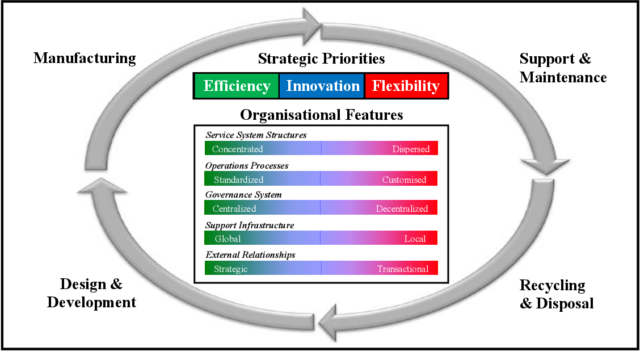Optimizing Engineering Operations: Streamlining Prototypes, Builds, and Processes

Course Content
Introduction
-
Importance of optimizing engineering operations
00:00 -
Overview of challenges in managing prototypes, builds, and processes
00:00 -
The benefits of streamlining operations for efficiency and productivity
00:00